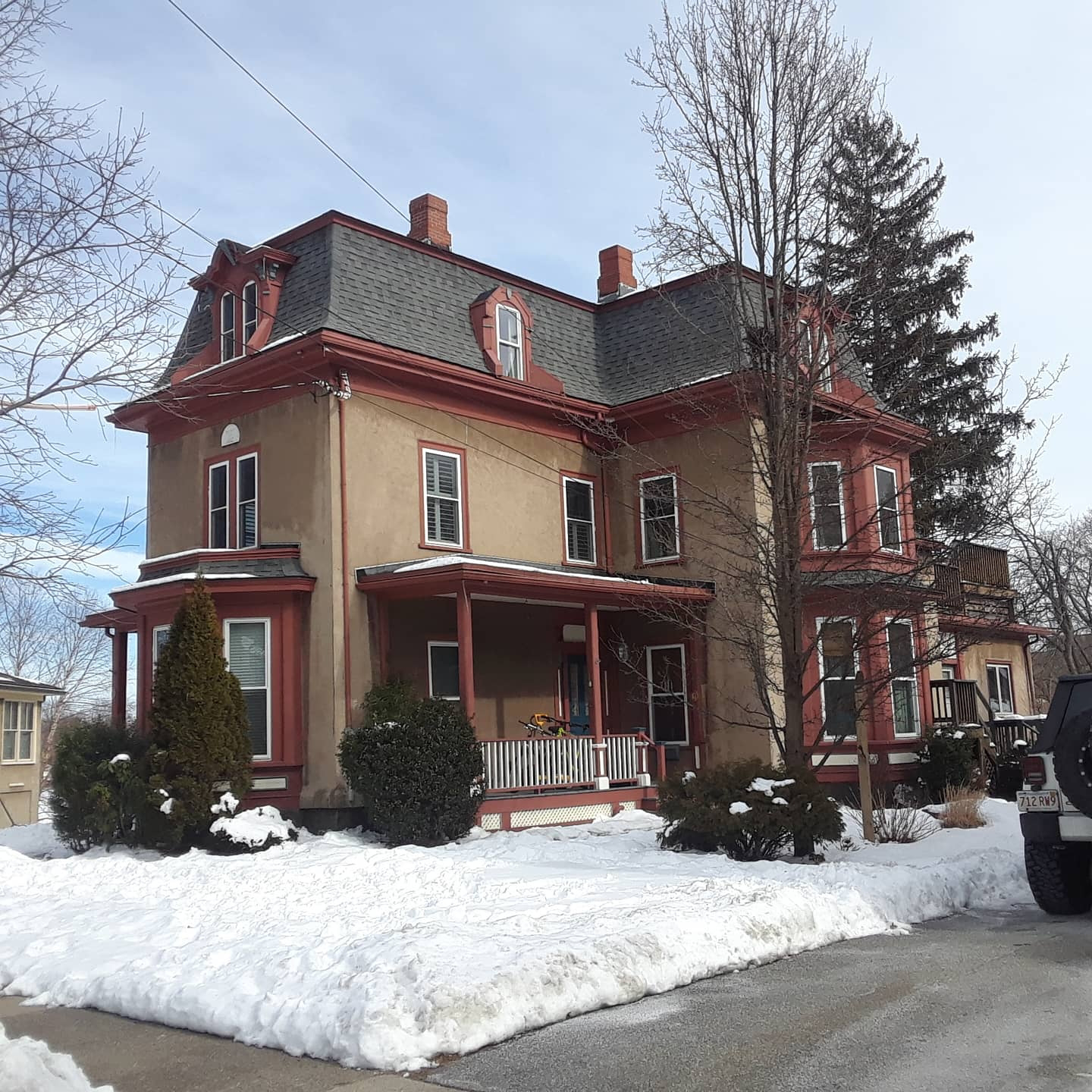Here you see three beautiful houses overlooking Ell Pond: 39 Lake Avenue (Image 1), 17-19 Lake Avenue (Image 2), and 21 West Emerson Street (Image 3). In 1870, the attorney Alonzo Lynde owned 39 Lake. Isaac Emerson, owner of a shoe factory on Main Street, had recently moved into the double house at 17-19 Lake. Mary Livermore, the celebrated abolitionist, feminist, and advocate for the poor, had just moved from Chicago to 21 West Emerson.
In 1870, these three houses had something in common: young Black women from Virginia were living and working in them as domestic servants. Lettie Miles, age 25, worked at 39 Lake, Violet Jarvis, age 19, at 17-19 Lake, and Martha James, age 28, at 21 West Emerson. We do not know how exactly they came to Melrose, but we can imagine their motivations. They had likely all grown up enslaved, endured the trauma of armies ravaging Virginia for four years, and decided to use their new-found freedom to seek their fortunes in the North. Domestic service was hard work—but unlike the work they had known in Virginia, they were being paid for it.
We do not know what became of Violet Jarvis or Martha James. Lettie Miles spent the rest of her life in Melrose. In 1872 she married James Sampson, a fellow Black migrant from Virginia who worked as a leather cutter at a shoe factory, quite possibly the one owned by Isaac Emerson. Following her marriage, she and James moved in together. Eventually they bought a home of their own at 45 Waverly Place and raised a family there. Lettie died there in 1926, at age 81.
#blackhistorymonth #melrosema



No comments:
Post a Comment